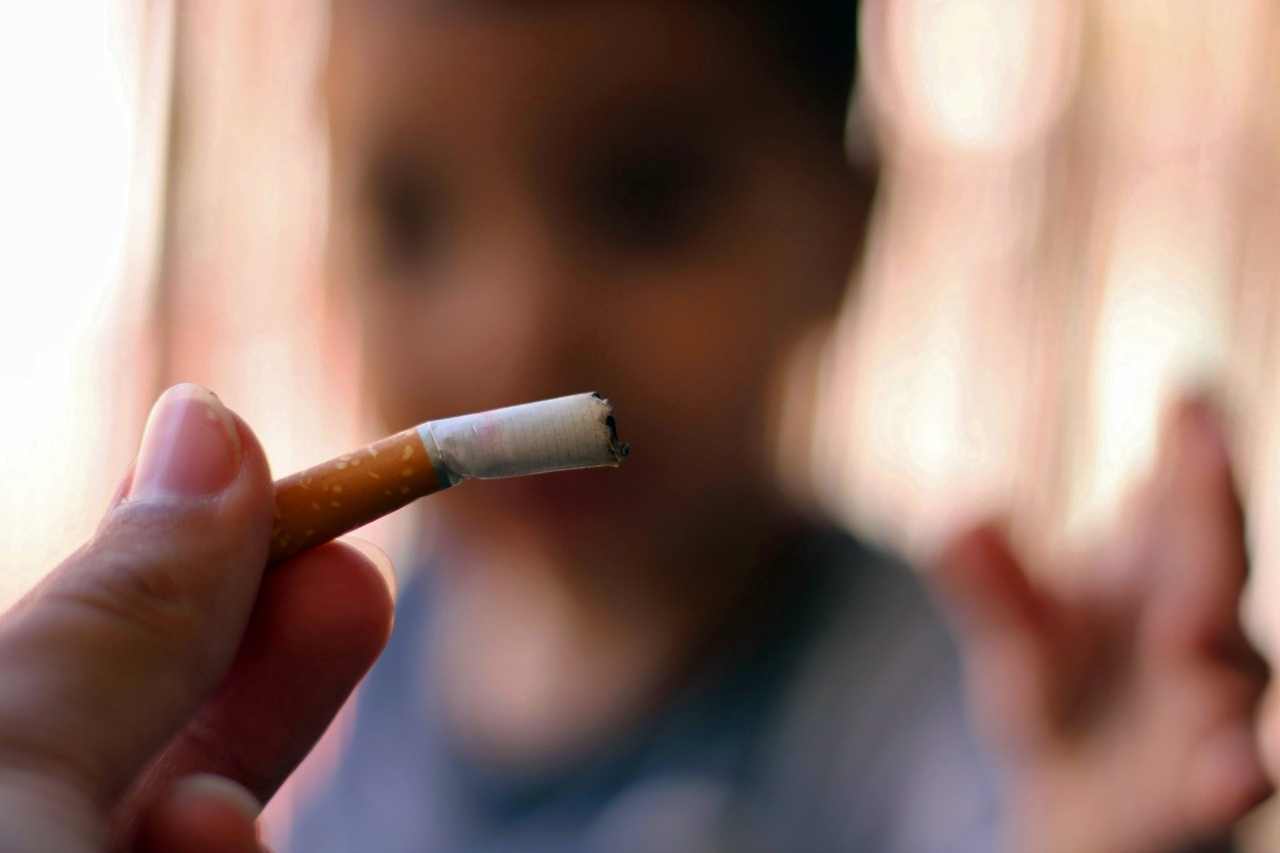For parents, initiating a conversation about the repercussions of tobacco smoking with their children is crucial at any age. Educating your child about smoking and its hazards may not appear urgent when they are only 5 or 6 years old, but reinforcing the message about the dangers of smoking early on can significantly impact their understanding.
Currently, smoking stands as the leading preventable cause of death worldwide. Preventing children from initiating this habit in the first place is key to averting smoking-related fatalities.
Early Guidance on Right and Wrong
Commencing discussions with your child about distinguishing between right and wrong is pivotal as they still view you as their ultimate authority figure. Studies reveal that the majority of adult smokers commenced smoking during their youth. In 2016, statistics from the CDC indicated that 8 percent of high school students had smoked cigarettes in the preceding 30 days.
Consider Your Child’s Interests
While it’s common knowledge that smoking poses severe health risks such as various cancers, lung diseases, and other ailments, a child’s fear of cancer may not be as impactful as immediate consequences. Children may be more responsive to the immediate effects of smoking like bad breath, stained teeth, skin issues, and oral discomfort.
Financial Implications of Smoking
Discussing the financial aspect of smoking with your child can also be enlightening. Using a calculator to illustrate how much money could be spent on a daily pack of cigarettes over 10, 20, or 30 years can be eye-opening. It’s essential to highlight what else that money could have been used for.
Drawing Parallels with Sports
Linking the risks of smoking to a child’s athletic performance can be effective. Explain how smoking can impede their ability to engage in physical activities, causing them to run out of breath quickly and potentially cut short their participation in games.
Understanding Addictive Behaviors
Children may not grasp the addictive nature of nicotine, as tobacco companies adeptly market their products. Educate them on the challenges of quitting smoking once started, likening it to the addictive properties of substances like heroin and cocaine.
Addressing Smoke-Free Alternatives
In today’s landscape, there are more avenues than ever for children to develop harmful habits. With the rise in e-cigarette usage among high school students, it’s crucial to debunk misconceptions about these products being safe or trendy due to fruity flavors. Highlight the FDA’s directive to discontinue flavored vapes by January 2020 and emphasize the risks associated with e-cigarette aerosol.
Role-Playing Refusal Scenarios
Teaching your child how to decline smoking offers them tools to combat peer pressure. Role-play scenarios where they practice refusing cigarettes with responses like “No, thanks, I don’t like the smell,” can empower them to make informed choices.
Encouraging Healthy Lifestyle Choices
Instead of solely focusing on the harms of smoking, underscore the importance of making positive lifestyle decisions. Emphasize the significance of a balanced diet, ample sleep, and regular exercise for maintaining overall well-being.
Setting a Positive Example
Children often emulate their parents’ behaviors, making it crucial for parents to model healthy habits. If you smoke, quitting not only benefits your health but also sets a positive precedent for your child. Seek support from healthcare professionals to explore cessation methods.
Maintaining a Smoke-Free Environment
Research indicates that reducing a child’s exposure to cigarette smoke significantly decreases their likelihood of taking up smoking. Establishing a household rule against smoking and communicating this boundary to friends and family members can reinforce the message.
Recognizing Signs of Smoking
If you suspect your child has already started smoking, be vigilant for telltale signs such as bad breath, coughing, or stained clothing. Approach the conversation with openness and empathy, avoiding punitive measures that may lead to secrecy. Collaborate with your child to devise a plan for quitting if needed.
Ensuring Support for Smoking Cessation
If your teen requires assistance to quit smoking, explore available programs and resources tailored to their needs. Encourage open communication and provide a supportive environment to facilitate their journey towards a smoke-free life.
Meaningful articles you might like: How Children’s Media Use Affects Them, My Teenager Is Using Vape, How to Identify and Treat Depression in Children

